
drag badge here
drag badge here
Brady Boothe
gamer level 5
4046 xp
4046 xp
followers
15
15
Use my invite URL to register (this will give me kudos)
https://boardgaming.com/register/?invited_by=pungent
profile badges




recent achievements

I Walk the Talk!
Claim that you have played a game today by clicking the "Played Today!" button on a game page 100 times.
Claim that you have played a game today by clicking the "Played Today!" button on a game page 100 times.

Gamer - Level 5
Earn Gamer XP to level up!
Earn Gamer XP to level up!

Explorer - Level 2
Earn Explorer XP to level up by completing Explorer Quests!
Earn Explorer XP to level up by completing Explorer Quests!

Arrowhead
Explore select games by completing a series of exploration actions. learn more »
Explore select games by completing a series of exploration actions. learn more »
Player Stats
Critic (lvl 3)
770 xp
770 xp
Explorer (lvl 2)
396 xp
396 xp
Professor (lvl 2)
325 xp
325 xp
Reporter (lvl 1)
135 xp
135 xp
About Me
I'm always up for a game of almost any sort. I tend to like strategy, resource management, and character-based games amongst small groups of friends. But I'd probably play Monopoly with a sidewalk bum if he invited me. No brain-dead, cheap knock-off games based on popular tv shows though - a guy has to have his limits.




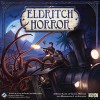





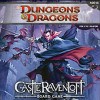
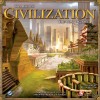







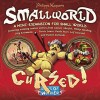



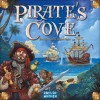









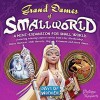
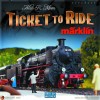



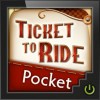

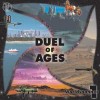


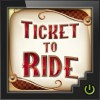


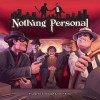

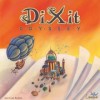
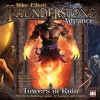


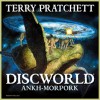





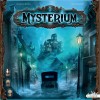
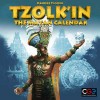







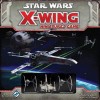





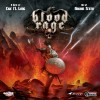





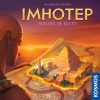
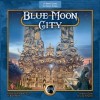


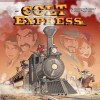

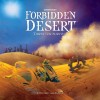




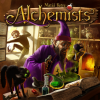











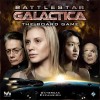




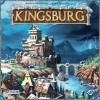


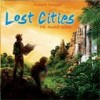






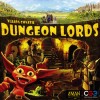








Tiny Epic Kingdoms
A friend and I were looking for something to wrap up a local game day and, having heard of TEK, I thought we should give it a try. There was a little hesitation as neither of us had played it and we didn’t want to spend the rest of the night learning something new. Our concern was unjustified. After a quick read through the book, we both picked up the game with ease.
TEK is a simplified civ game that takes up a small footprint, but has a fair amount of depth for something so small. Each player has a race card with unique magical abilities. There’s also a small track used for tracking the three resources (food, mana, and ore), each of which has a marker for the track. Each player also has their own kingdom (with a few starting meeples), which is divided up into different regions and each region is a type land (e.g. forest, mountains, plains, etc). Rounding out the play area is the action selection board, the tower board, and a couple of 12-sided dice.
Players switch turns placing shield tokens on the action selection board and performing that action. The other players can then either also do that action or instead gather resources (1 for each territory they control, where the territory type determines the resource (i.e. forest = mana, mountain = ore, plains = food). Once an action is selected, it cannot be selected again until all shield tokens have been used. Actions include moving a meeple within your kingdom, moving a meeple between kingdom cards, converting resources, building on the tower, studying magic, and adding a meeple. Those last three require have a resource cost (ore, mana, food).
Tower: each level costs subsequently more ore, but is worth more victory points.
Magic: each level costs more mana to learn, but then allows your race to do something unique. Each race tends to have a flavor that builds upon itself and can get rather powerful. Also worth points.
The game consists of using these choices and resource balancing to acquire points as well as possibly go to war with others. War is essentially a blind bidding of resources to give yourself a war value which you place on the dice. Everyone pays the resources after the value is revealed. If the winner is the attacker, they remove the opponent’s meeple and thus gain another territory.
Game play continues this way until an end game condition is met and then all possible points are tallied.
PROS: reasonably fast game play for the content, character powers allow different strategies, vast replayability due to the large number of characters and kingdom cards, simple rules
CONS: kingdom cards are cheap cardstock, art is so-so, it is possible to not really war much, even though that’s a selling point of the game (at least in a 2-player), no player aid cards.
I certainly haven’t covered every single rule here, but hope to give an impression of the basics. Overall, I’m very glad I tried this one. It had a lot of fun, fast flavor and was a perfect little game to finish out the night. And yet, despite being easy to pick up and very small in physical size, it provided a very similar feel to some of it’s much larger cousins.